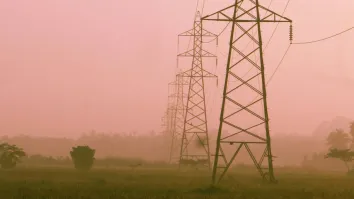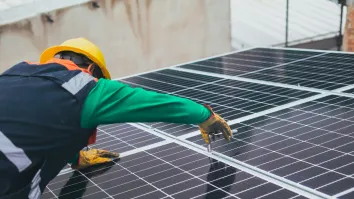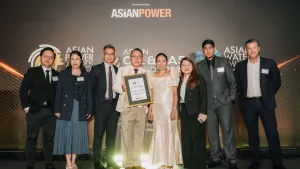This is how significant renewable energy will be in Asia
By Ming Hui Zhang, Valerie Choy and Dr. Kelvin Tan With its ever growing energy demand, Asia has a great potential to utilize renewable energy resources towards a more secure energy future. Renewable energy will play an important role in meeting high energy demand growth and in addressing environmental concerns from the increase in fossil-fuelled power generation. However, the potential for a large scale shift from the use of fossil fuels to renewable energy for electricity generation remains a highly debated issue in many Asian countries. This is not without reason as large scale implementation of renewable energy will pose significant challenges to legacy power systems due to temporal fluctuations, geographical dispersion of renewable energy sources and inadequacy of the existing power grid.
Fossil fuel resources, once harnessed, may be transported easily and used at power plants. Fuel supply is largely predictable and both base load and peak load power plants may be supported reliably (e.g. coal-fired power plants are suitable for base load power plants while gas-fired power plants function effectively as peaking plants). On the other hand, renewable power plants (wind, solar and hydro) are highly dependent on weather conditions and locations. Areas with ample renewable energy resources are generally remote. It is therefore crucial to comprehensively analyse the efficiency and impact of remote electricity transmission networks. Any expansion of the existing grid will require efficient planning and operational improvement over the existing network. This creates opportunities for innovative monitoring, control, communication, and self-healing technologies to enhance grid operation.
Grid management becomes increasingly complex with the advent of renewable power generation. Utilities face a number of challenges in grid planning and operations where reliability is the top priority. The integration of renewable energy resources into the grid will fundamentally change planning objectives and will require utilities to not only plan for high demand scenarios but for also for time periods with low demand and frequent instances of intermittent power supply. Due to the variable nature of renewable energy sources, optimal siting of renewable energy systems requires knowledge of the specific resource characteristics such as availability, magnitude, and variability at any given location. Currently, there is limited understanding of the location and characteristics of potential renewable energy sources in many Asian countries. An energy resource map (e.g. of solar energy potential) would allow planners to match potential renewable sources with that of load demand centers.
The lack of information regarding the renewable energy potential in Asia may be overcome by engaging more actively in energy resource mapping and also by developing a planning process to systematically identify areas with potential renewable energy sources. Energy resource mapping will lower the chances of conflicts with the development of other renewable power projects. These maps will be useful to electric utilities, local and international project developers/investors and policy makers. It is a useful tool in a country’s renewable energy planning process as it helps to:
- Provide realistic perspective on the country’s renewable energy resource potential
- Identify potential locations for utility-scale development of renewable energy resources for power generation
- Identify land areas that should be excluded from utility-scale renewable energy development
- Show distance from energy resources to load demand centers
However, the information reflected in these maps are not intended for project specific micro-siting and appraisal of renewable power projects which require a more intense and site-specific data monitoring and evaluation process.
At present, grid-integrated renewable power projects are still at its infancy in many Asian countries and there are often no formal standards governing the process. Without these standards and guidelines, the network will be vulnerable to negative impacts that may result from unregulated connections. There is a need to prepare adequate codes and connection guidelines that will help to improve the reliability of the network as well as the quality of supply to the system utility. This is especially pertinent for wind and solar energy resources that fluctuate considerably throughout the course of a day. Electric utilities should review and amend existing standards and grid codes to allow for smooth integration of renewable energy sources.
The integration of renewable power generation will increase the complexity of grid management. This can be overcome by developing a planning process to systematically identify areas with potential renewable energy sources and engage more actively in energy resource mapping, allowing planners to match potential renewable sources with that of load demand centres. It is also important to focus on the analysis of the existing and planned electricity systems for the country before developing any road map for renewable energy integration. Planners and policy makers should identify opportunities that are associated with the implementation of renewable energy resources and anticipate with multiple scenarios and paths to allow bigger flexibility of plans.




















 Advertise
Advertise







